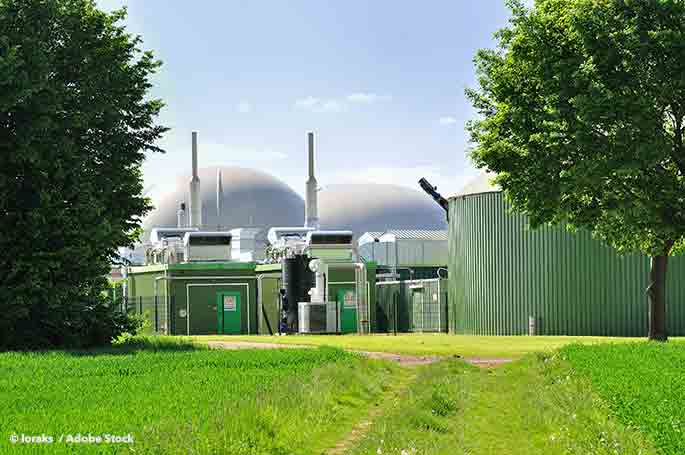
The anaerobic digester, also called the biogas digester, is an option for transforming food waste into two valuable products–biogas and soil amendments like fertilizer.
Several communities, in an effort to reduce their carbon footprint, have stopped food waste from going into landfills and instead, have diverted it into large-scale anaerobic digesters. The California Energy Commission is supporting the development and use of both community and farm-based anaerobic digesters to convert waste that’s an odor issue, such as dairy and pig farms, and a threat to groundwater, into almost pure methane, which runs farm-based generators.
Bluesphere, a North Carolina based company, is developing community sized projects in Charlotte, NC and in Rhode Island. New York is developing a large-scale project on Long Island. These massive works have benefits and challenges, but of great interest is the small-scale anaerobic digester sized for smaller applications, such as a grocery store and restaurant in a shopping center.
While there are many innovative community nonprofits that are working to divert food from waste back into the systems that feed the hungry, there is still a good deal of food waste produced by restaurants, cafeterias, and grocery stores that make and serve precooked meals. The shelf-life of these products is much more limited than packaged foods and produce.
The small-scale digester in the US is primarily concentrated on farm applications at this point, and farms are using both the digestate produced and the methane for on-farm applications. The impression of a process and product that produces foul odors and needs to be maintained has kept the process from being developed for small-scale urban and suburban applications.
But the technology exists, and has been used on the household level in Asia for years. BioFERM energy systems is offering a very sleek plug-and-play model sized for the shopping center model of use, and is quite portable and attractive. By locating these units near both restaurants, grocery stores, and high-density housing, it is possible to develop community engagement in converting food waste into biogas and soil amendments.














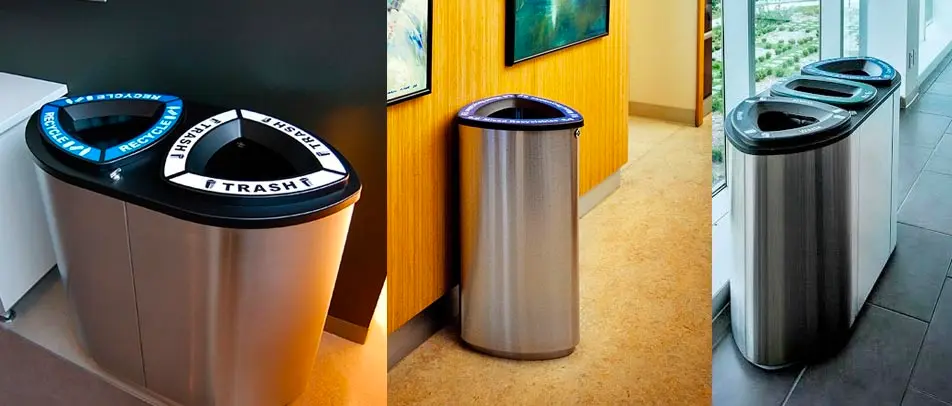
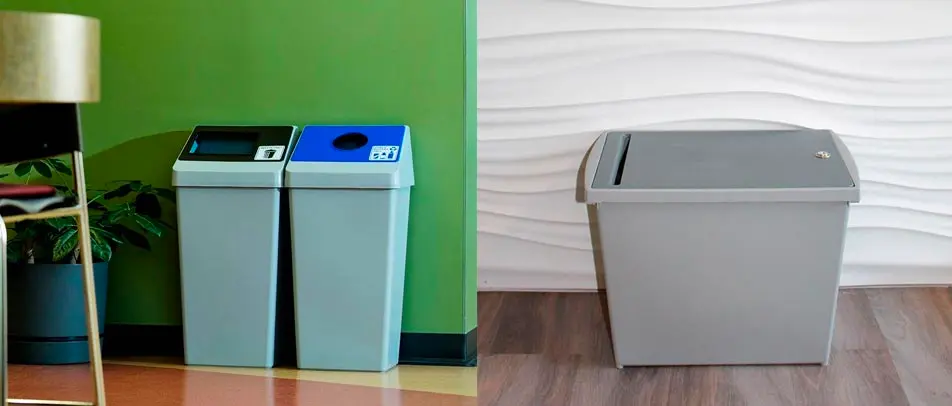


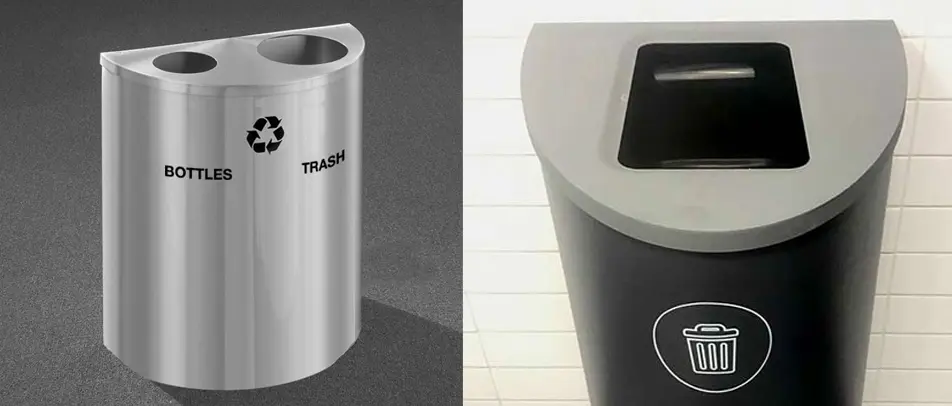


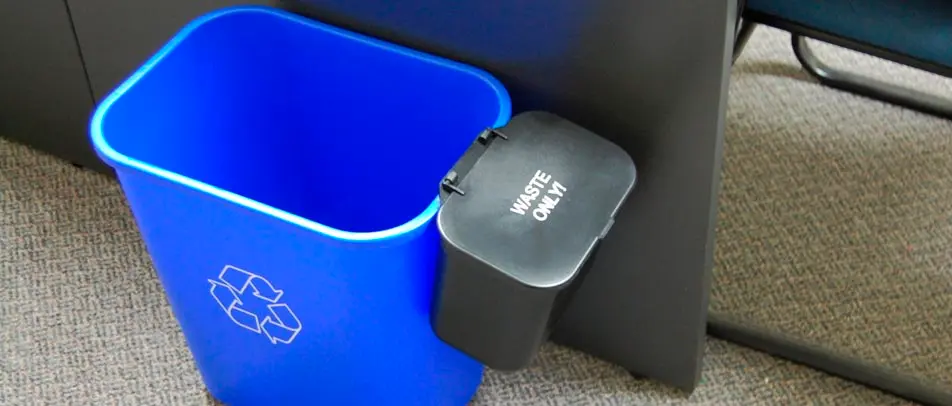
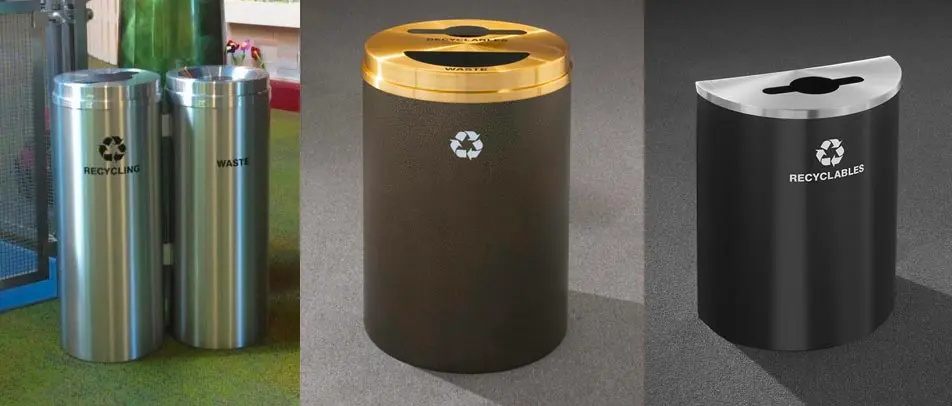
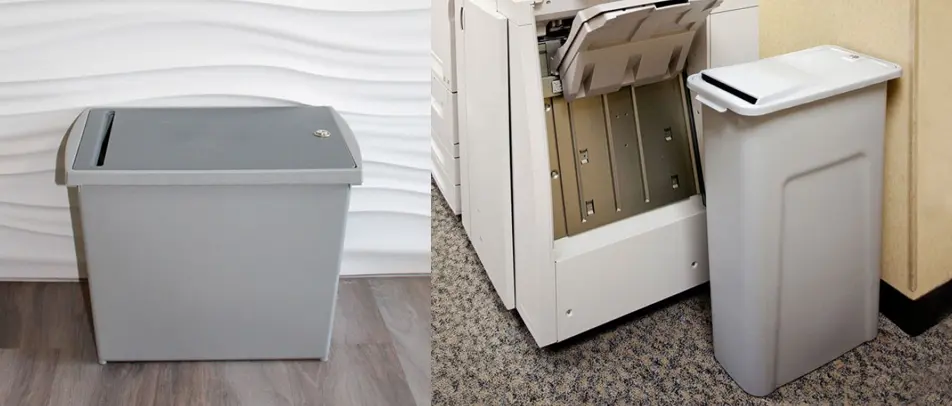

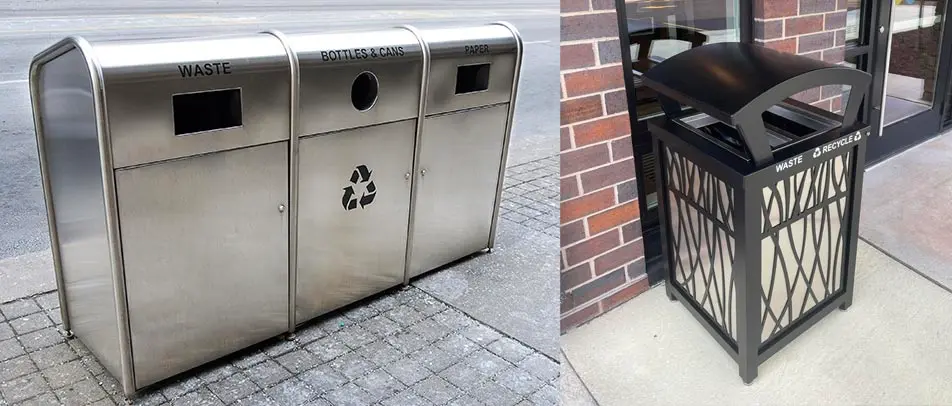



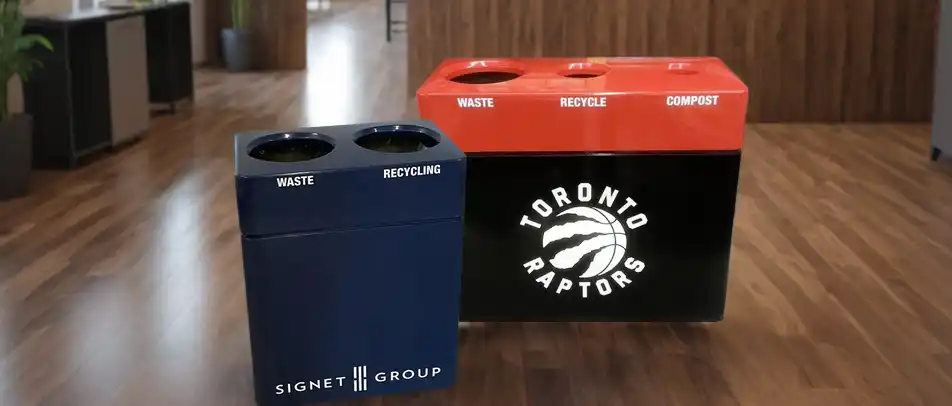



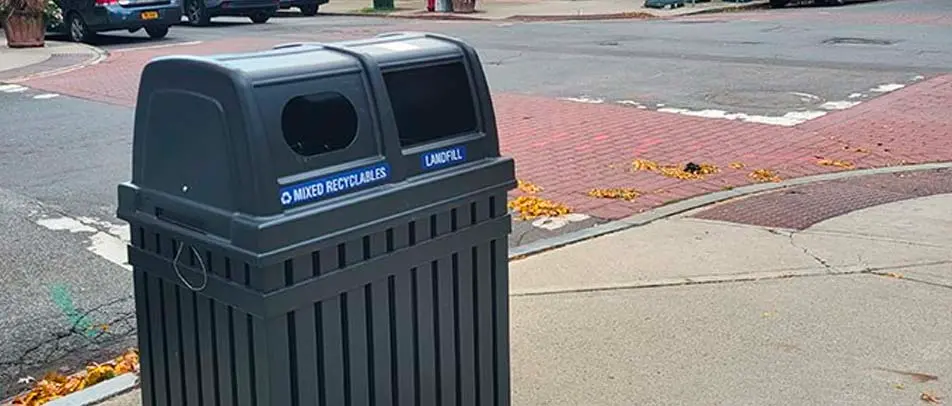
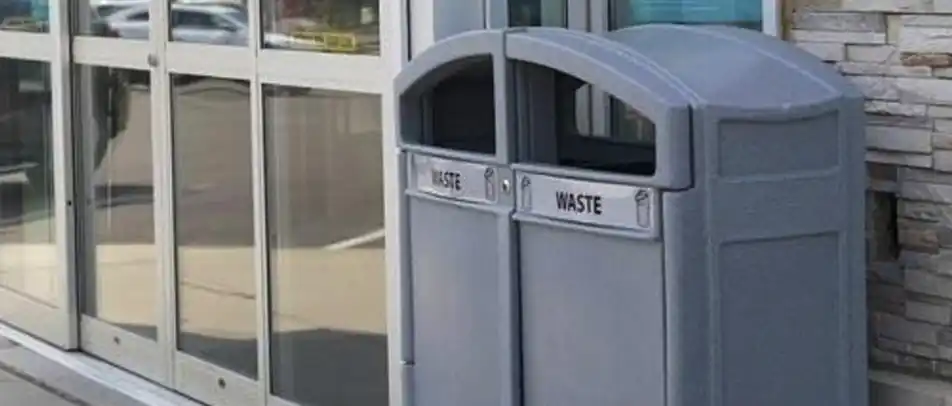
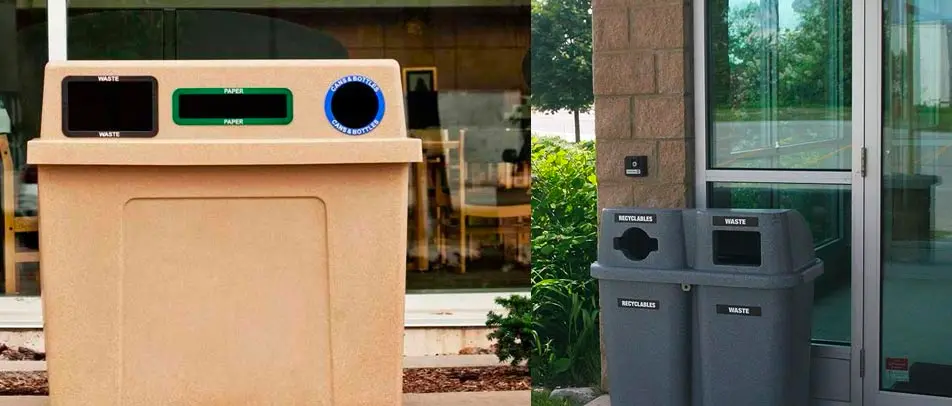
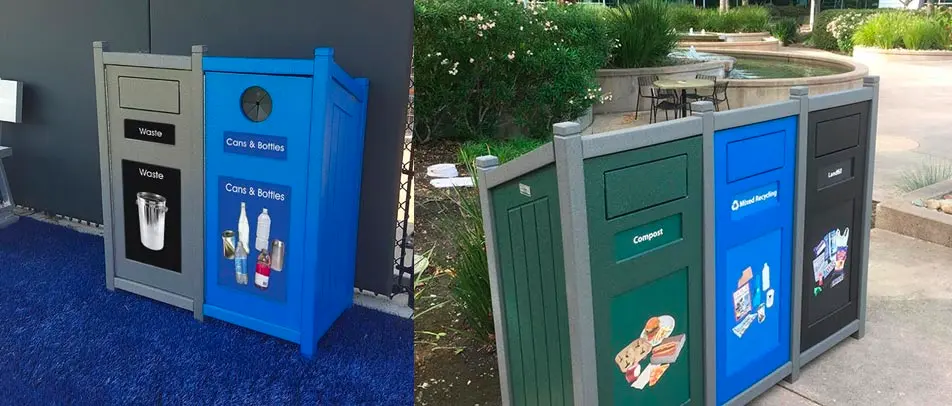
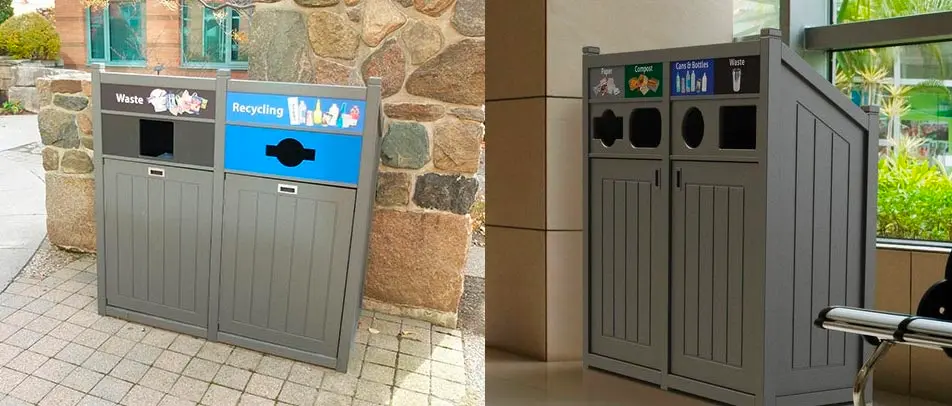



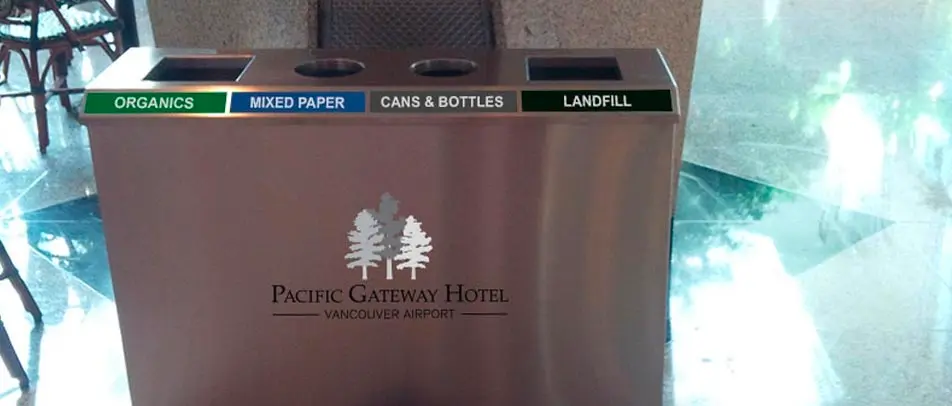

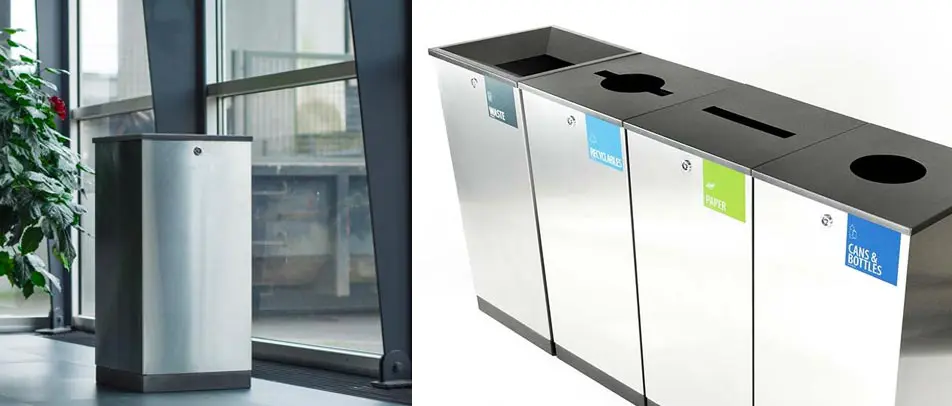
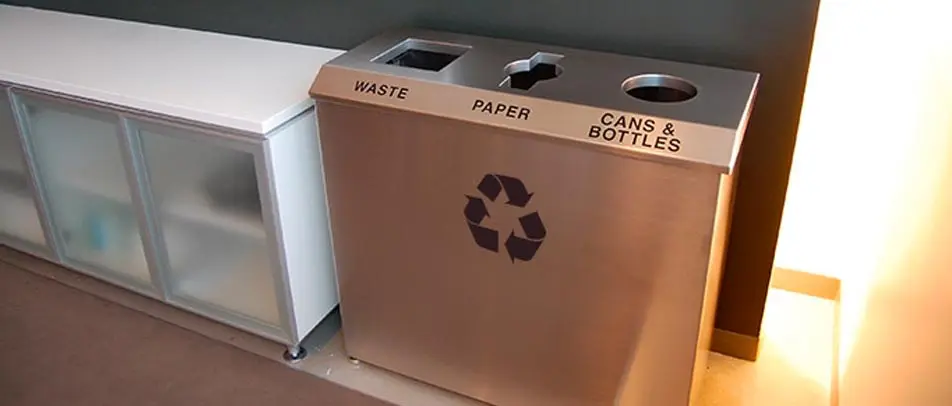
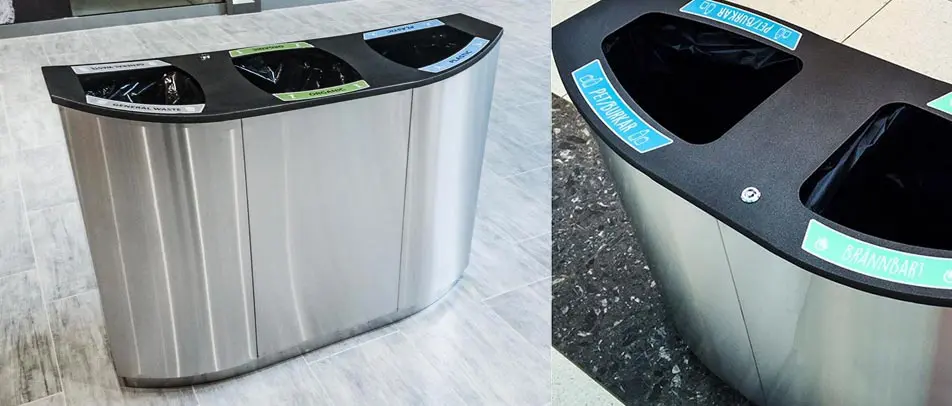

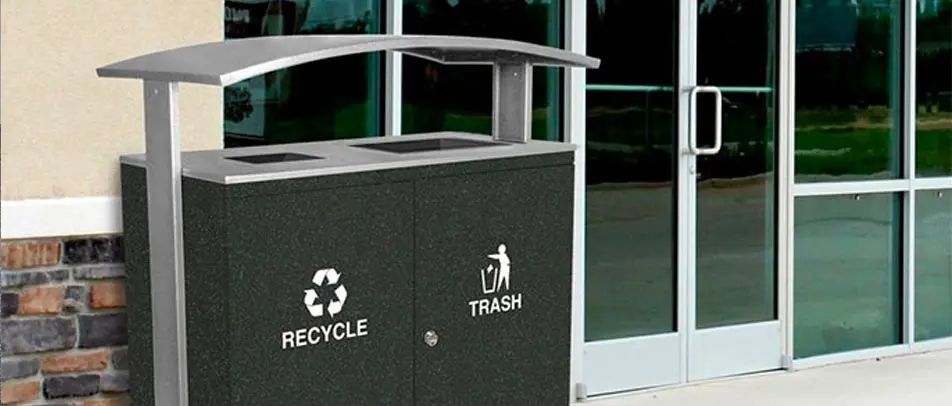
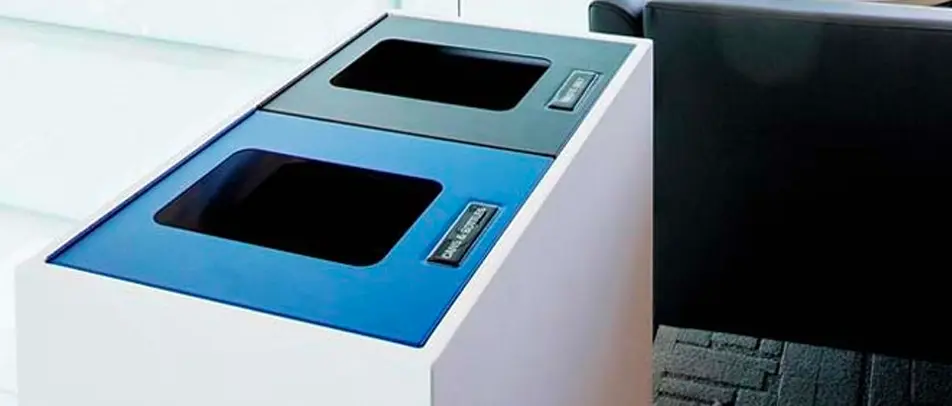
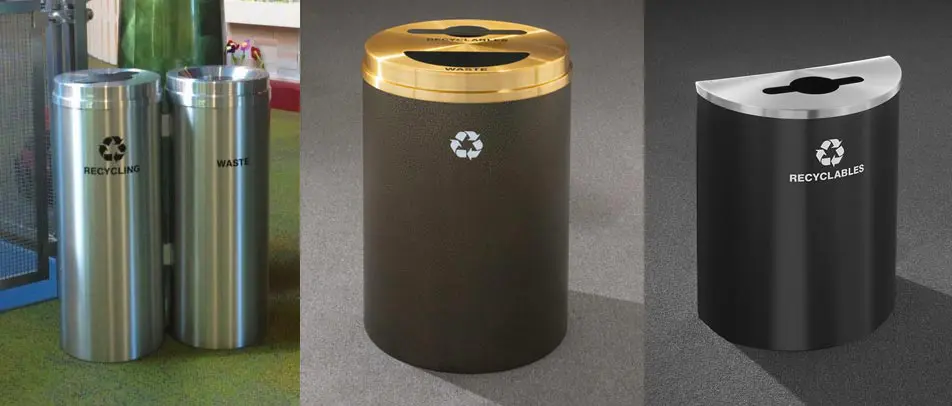

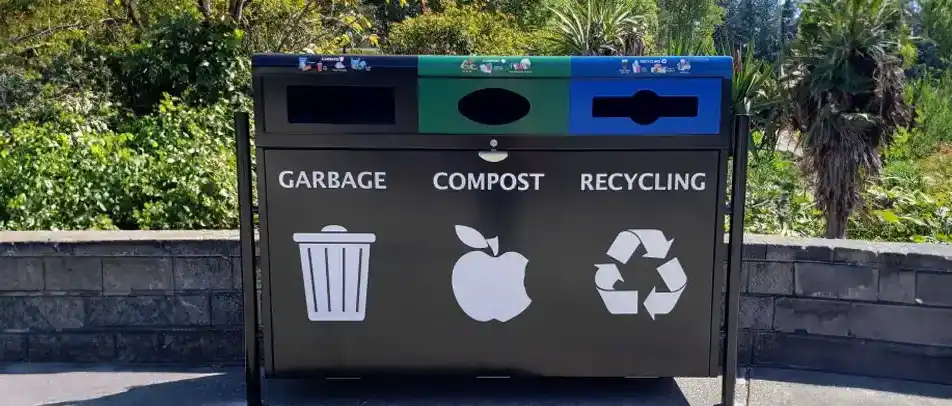
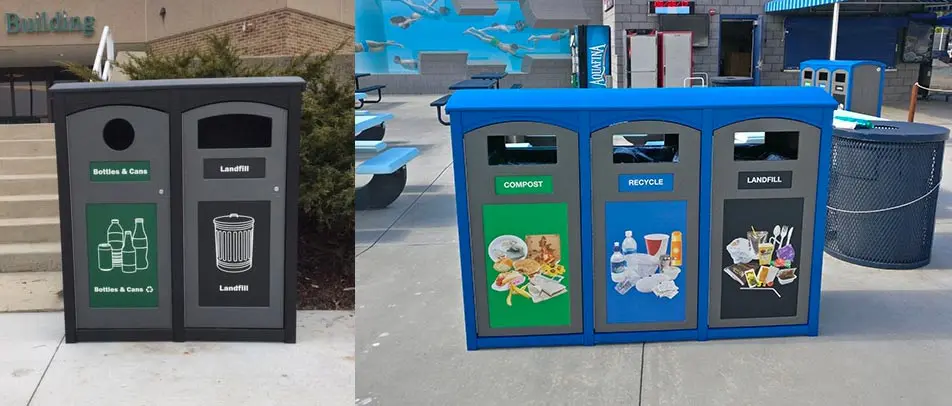
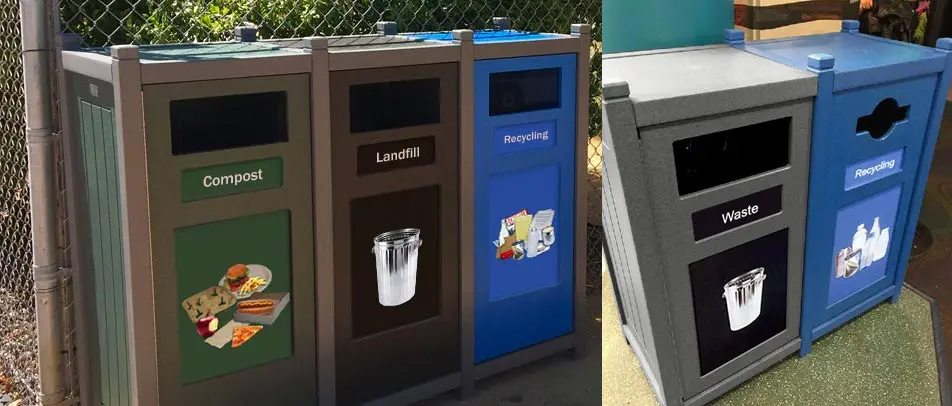


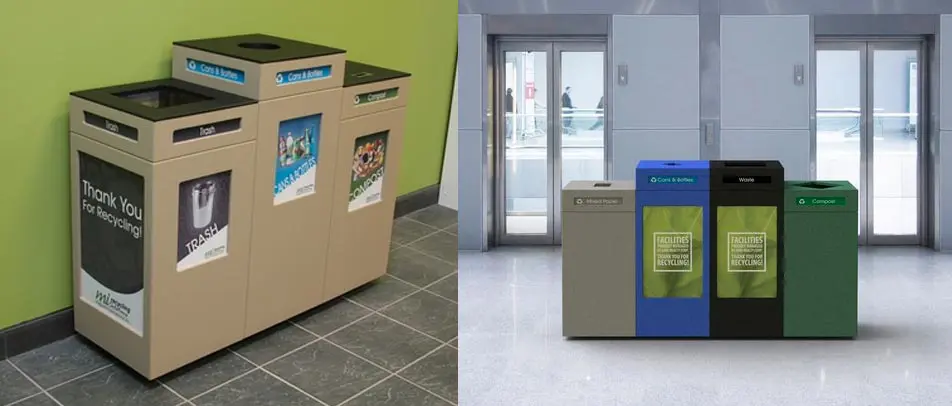
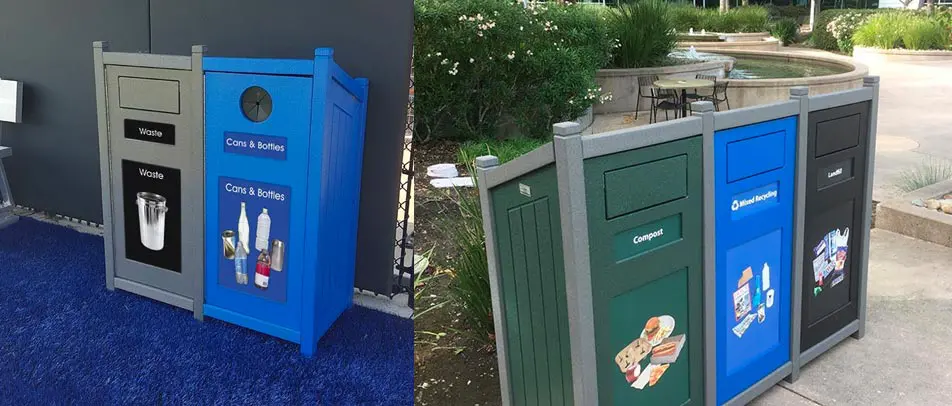
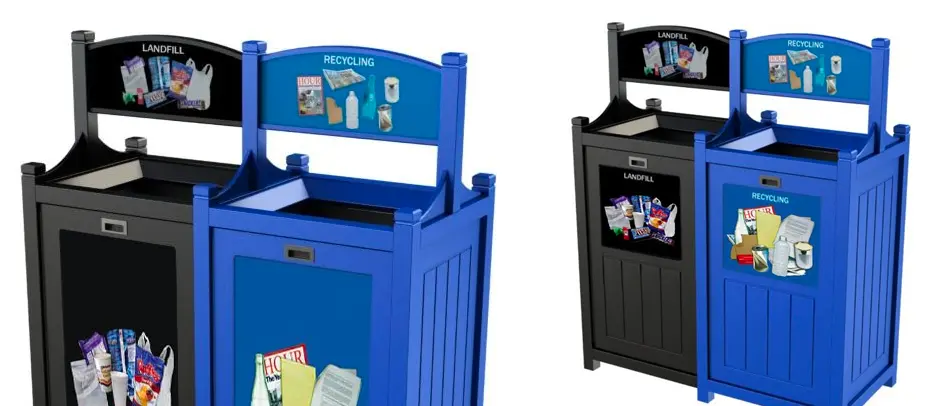


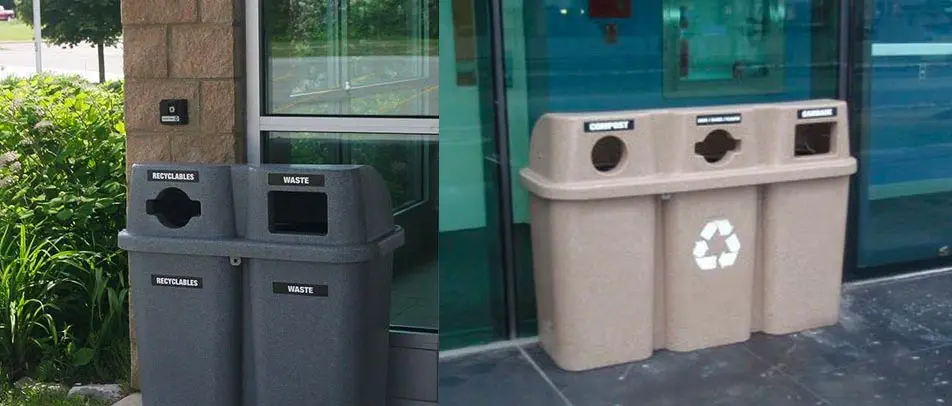
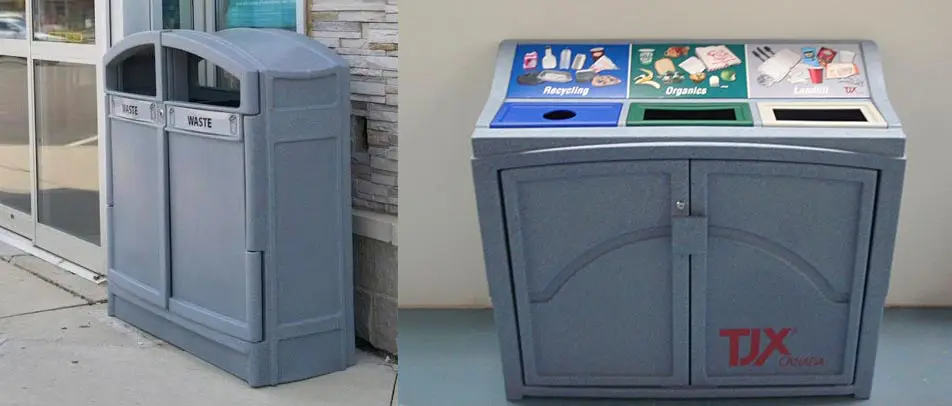
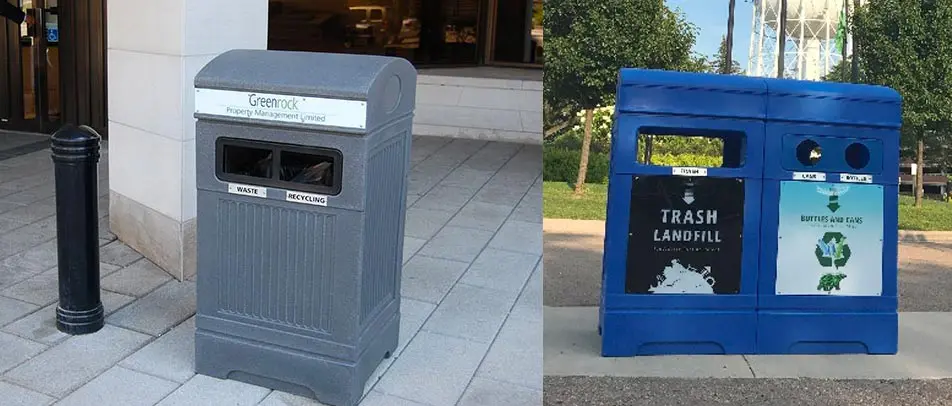
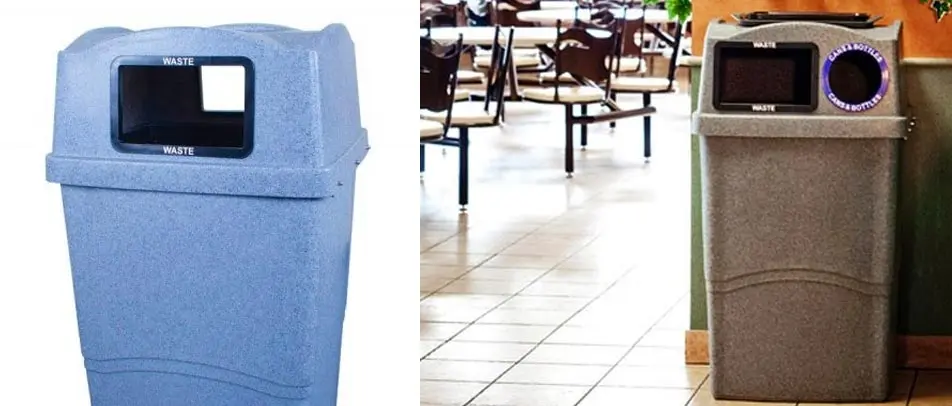
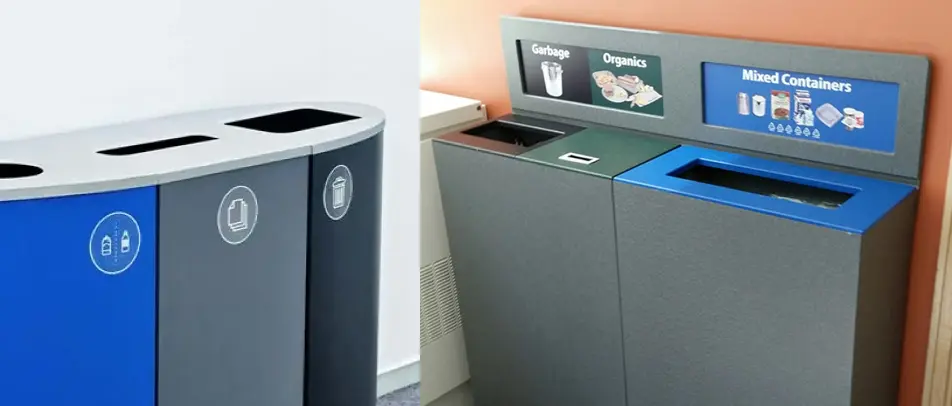
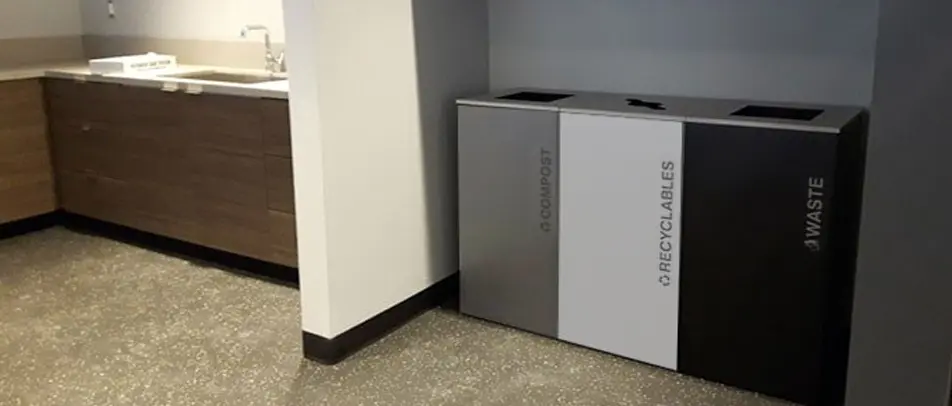
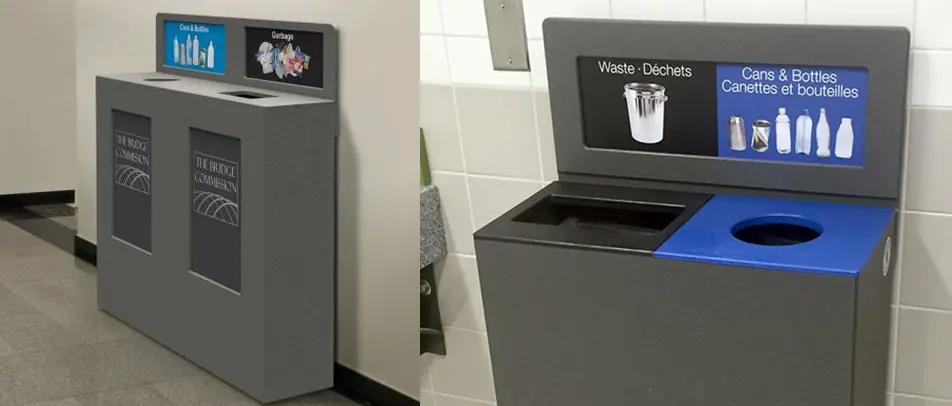
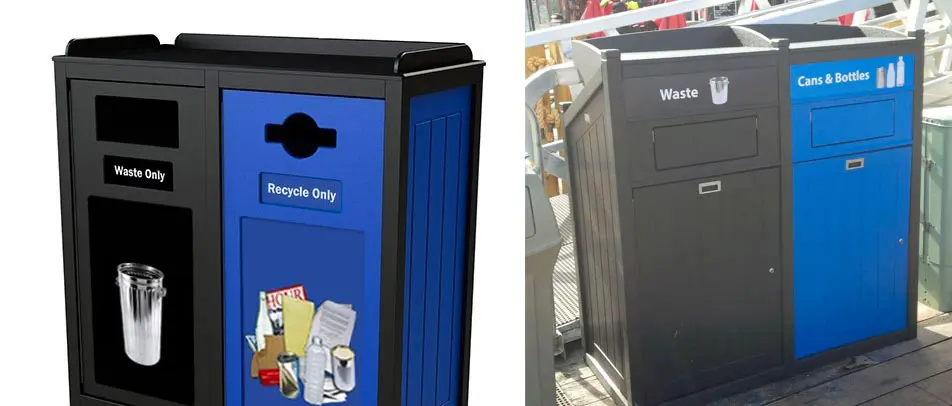
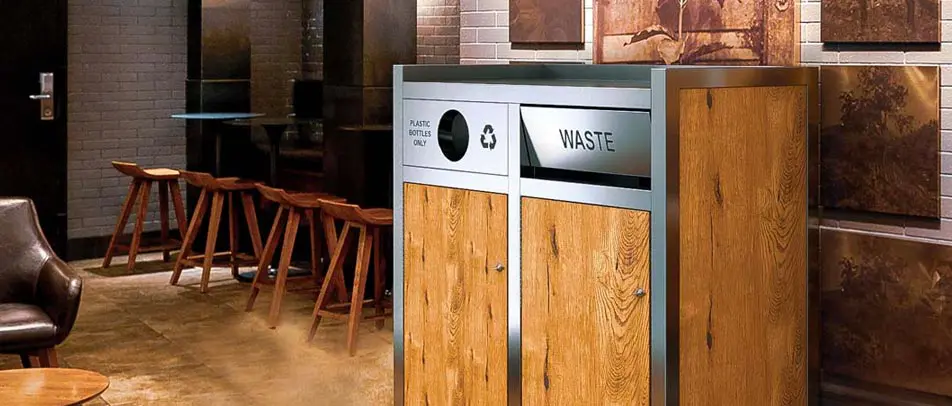





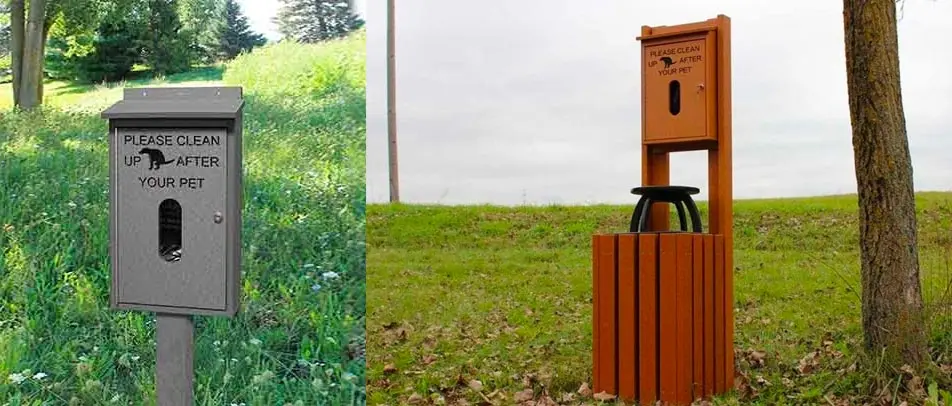




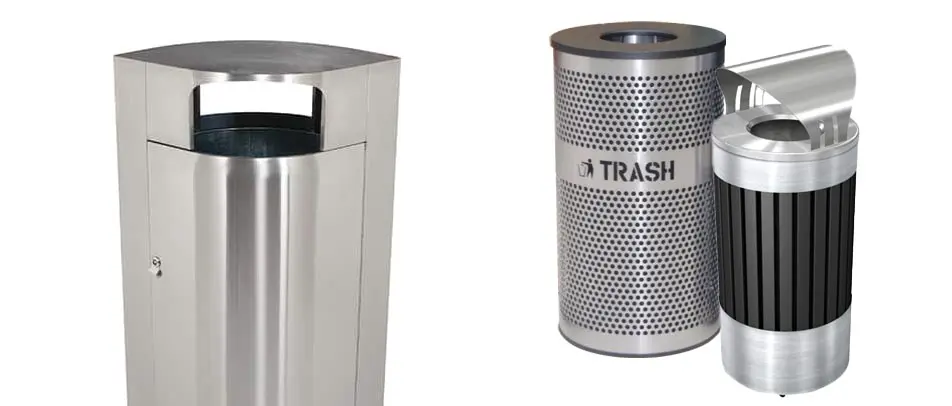

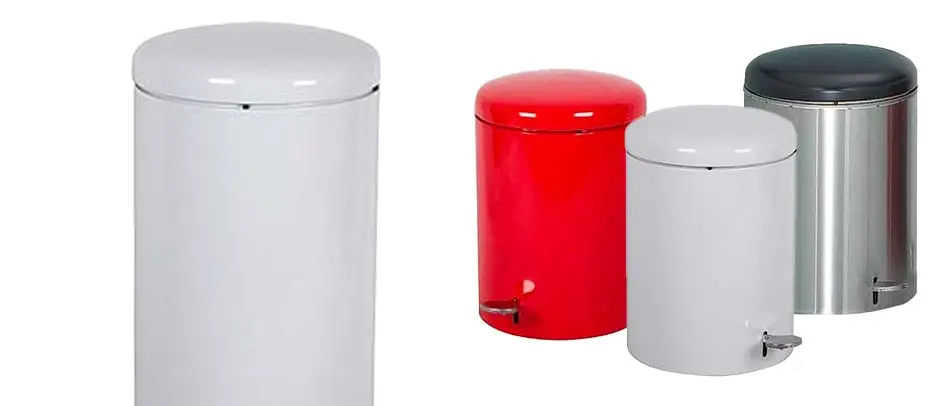





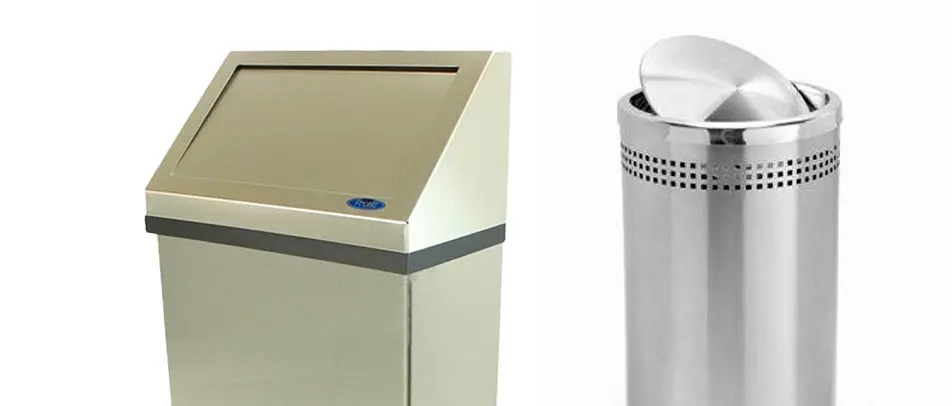









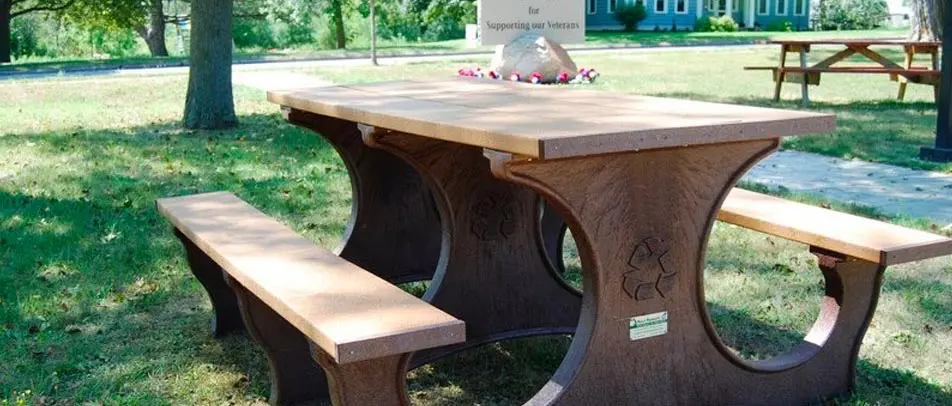


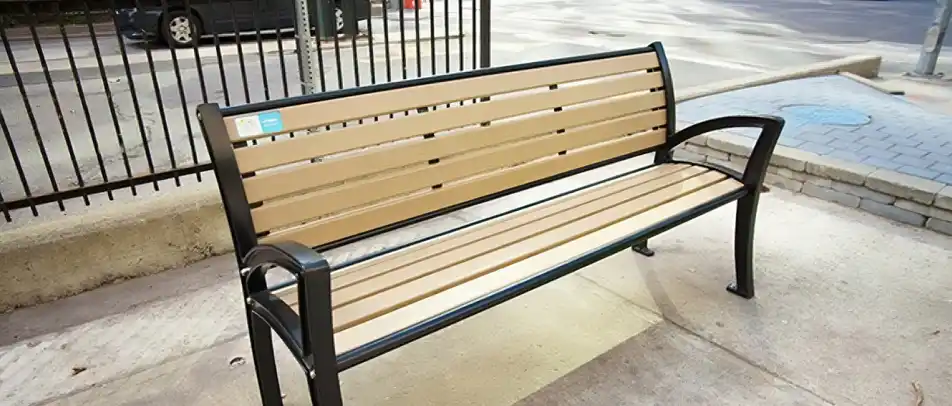





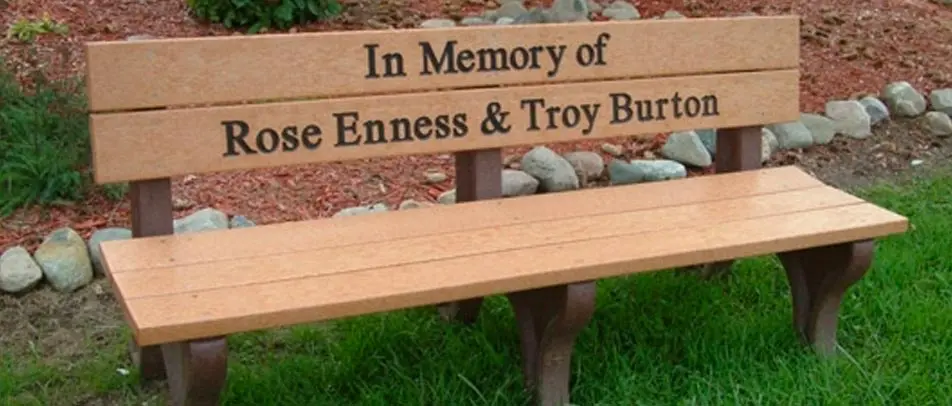



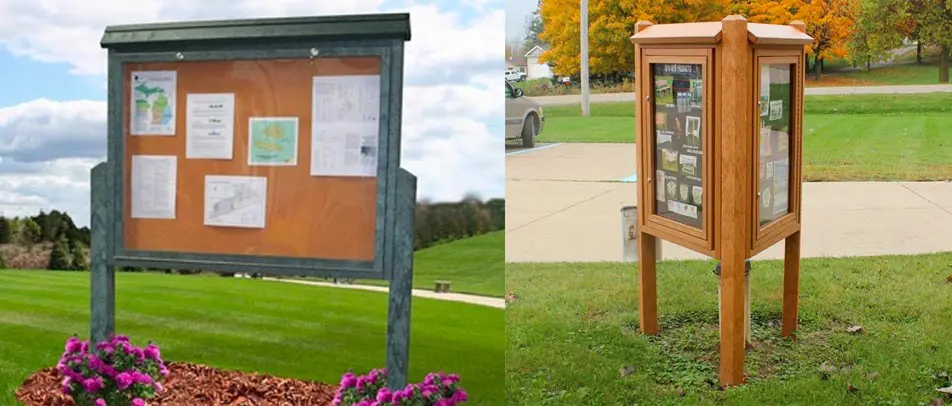
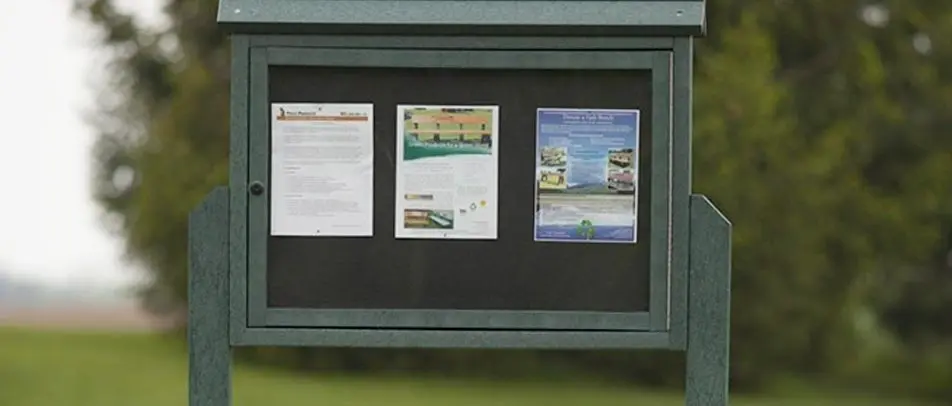
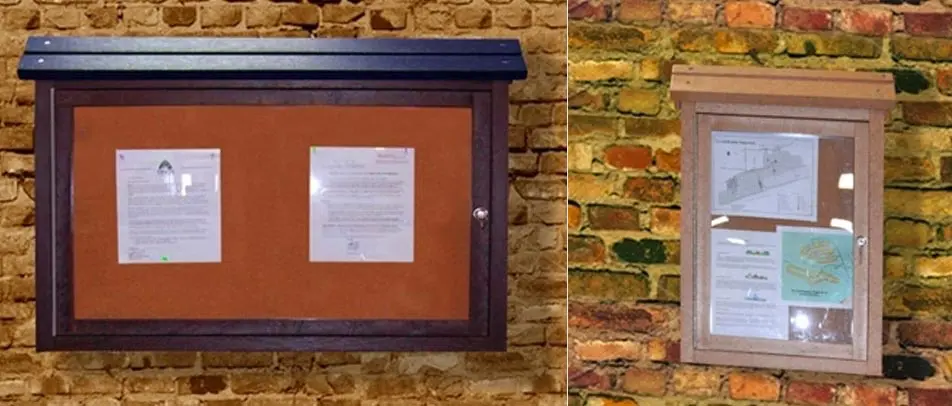


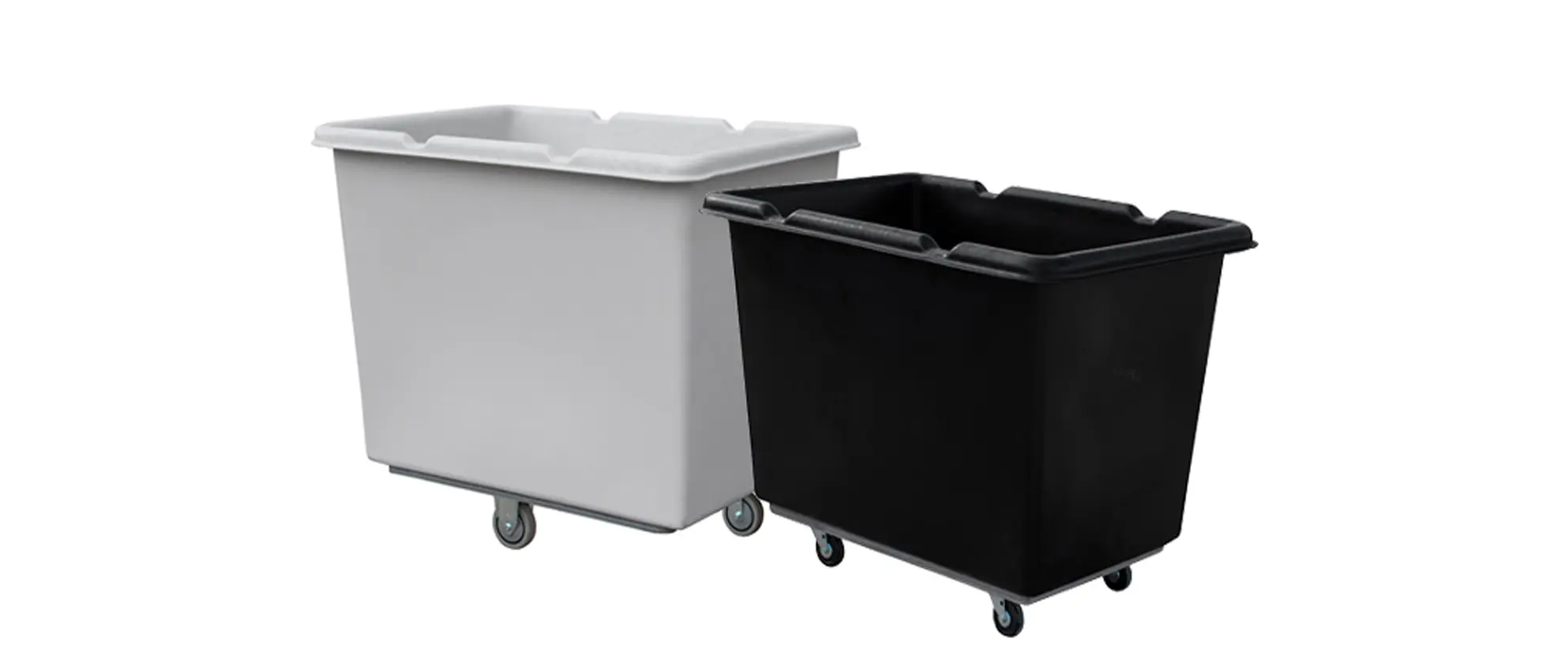




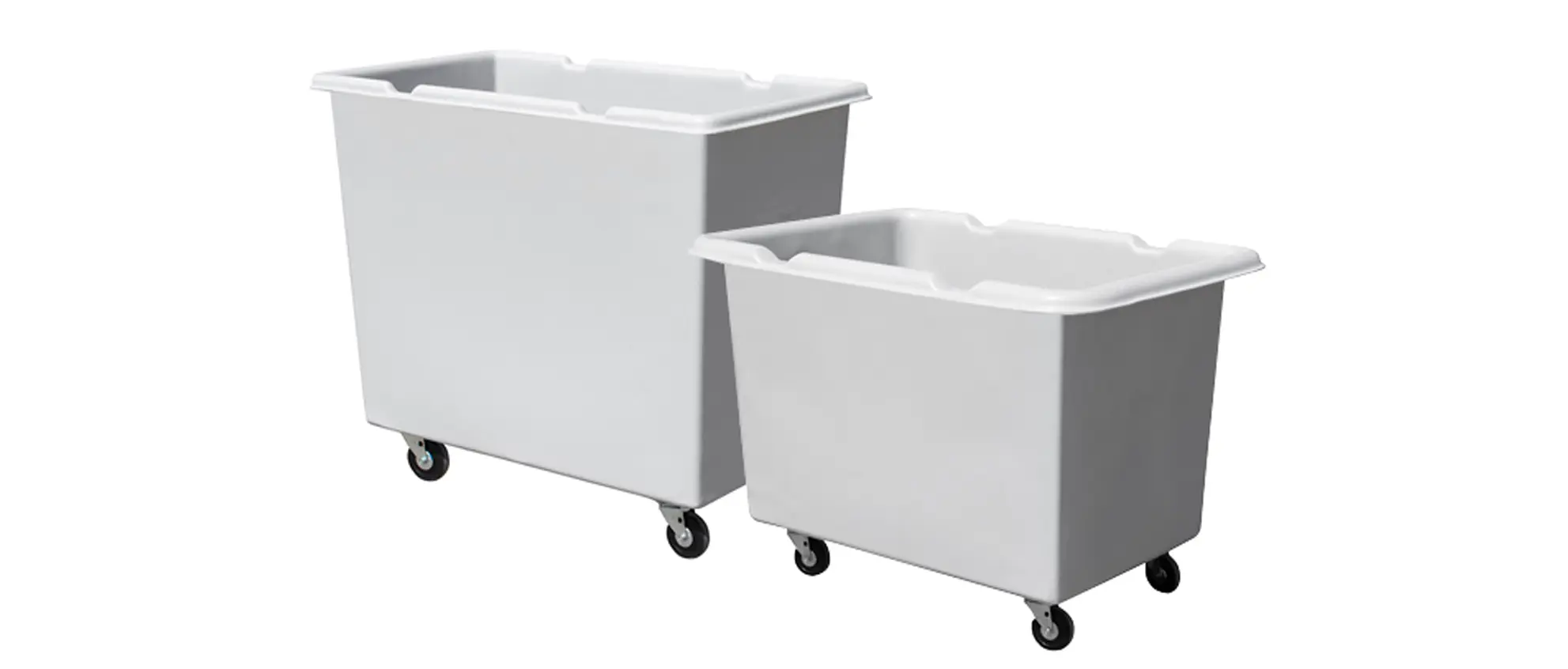


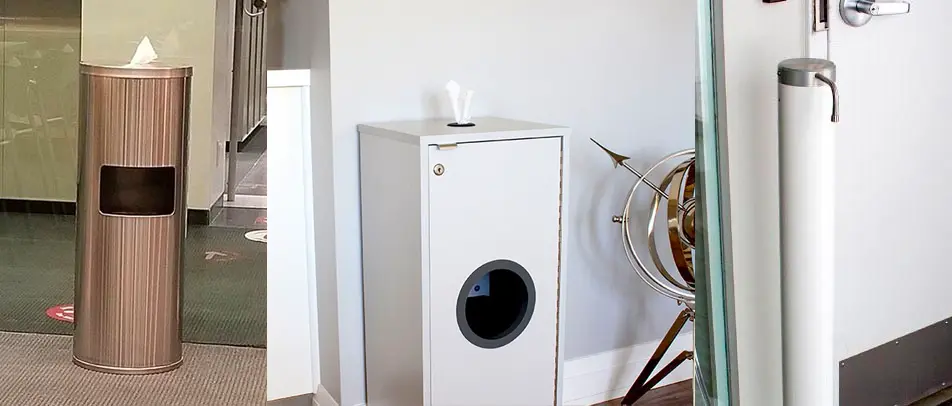
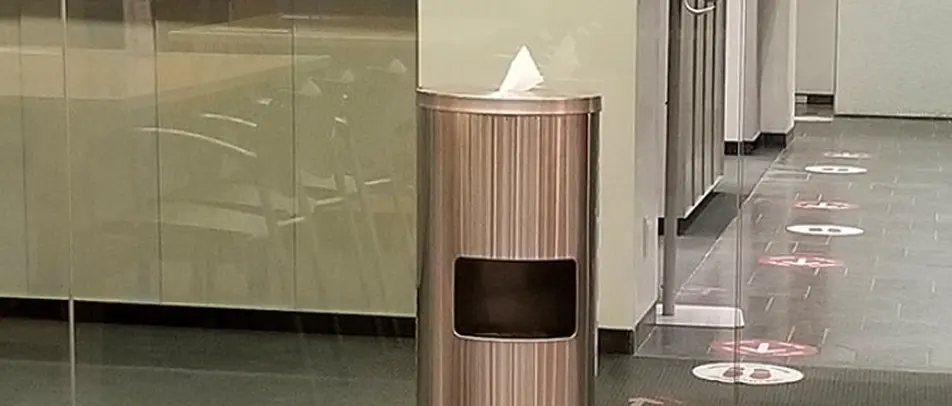



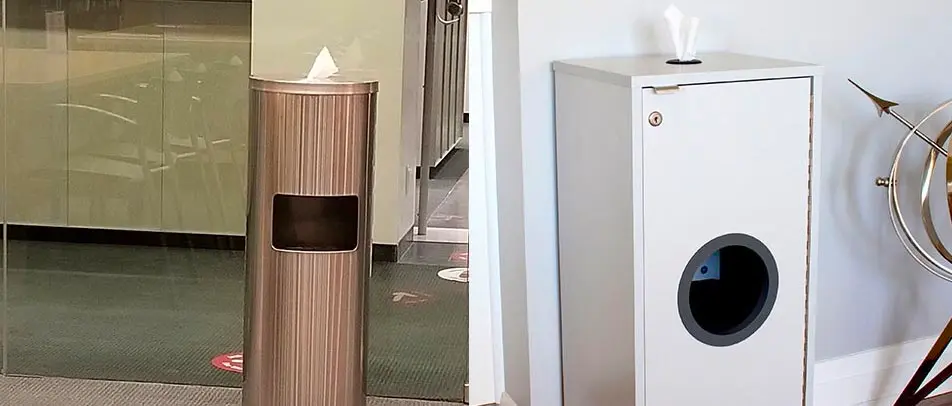


 Three Ways to Engage Teams and Clients to Maximize Your Recycling Program Engagement
Three Ways to Engage Teams and Clients to Maximize Your Recycling Program Engagement  How to Integrate Accessibility Into Your Sustainability Planning
How to Integrate Accessibility Into Your Sustainability Planning  Why Park Benches Can Promote Workplace Well-Being
Why Park Benches Can Promote Workplace Well-Being 
